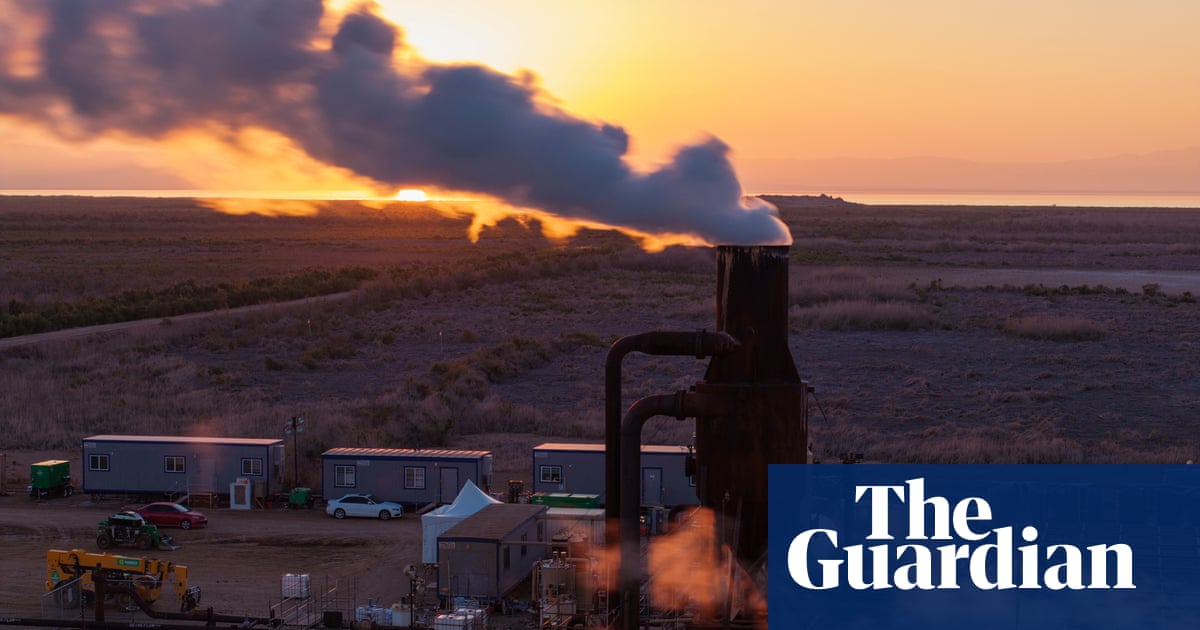- cross-posted to:
- [email protected]
- cross-posted to:
- [email protected]
Recent $74m investment made alongside assessment that 10% of electricity could be generated by geothermal by 2050
A limitless supply of heat exists beneath our feet within the Earth’s crust, but harnessing it at scale has proved challenging. Now, a combination of new techniques, government support and the pressing need to secure continuous clean power in an era of climate crisis means that geothermal energy is finally having its moment in the US.
Until recently, geothermal has only been viable where the Earth’s inner heat simmers near the surface, such as at hot springs or geysers where hot water or steam can be easily drawn to drive turbines and generate electricity.
While this has allowed a limited number of places, like Iceland, to use geothermal as a main source of heating and electricity, it has only been a niche presence in the US, providing less than 1% of its electricity. But this could change dramatically, offering the promise of endless, 24/7 clean energy that can fill in the gaps of intermittent solar and wind generation in the electricity grid.
“Geothermal has been used for over 100 years, limited to certain geographic locations – but that is now changing,” said Amanda Kolker, the geothermal laboratory program manager at the National Renewable Energy Laboratory (NREL).



I had the same question. Looks like any impacts would be very small.
Here’s the primary potential issue, which is admittedly pretty scary, but can be mitigated:
Source: https://www.energysage.com/about-clean-energy/geothermal/environmental-impacts-geothermal-energy/